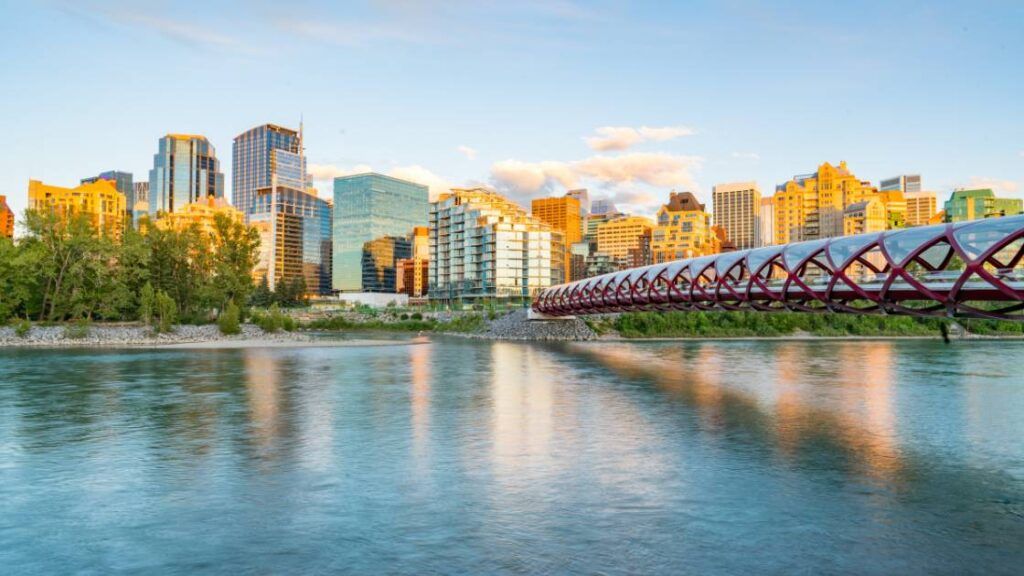The 2024 editions of the Alberta Tier 1 and 2 Soil and Groundwater Remediation Guidelines, which came into effect on June 27, mark a significant update to environmental management practices in the region. These guidelines, essential for consultants and environmental professionals, introduce several critical revisions to enhance the accuracy and safety of soil and groundwater remediation processes.
Critical Updates in the 2024 Guidelines Include:
1. Updated Dioxins and Furans Numbers: The revisions feature updated values for dioxins and furans, reflecting the latest research and risk assessments to ensure safer and more effective remediation strategies.
2. More Conservative Xylenes Vapour Inhalation Numbers: The guidelines now incorporate more conservative numbers for xylenes vapour inhalation, enhancing protections against potential inhalation risks and safeguarding public health.
3. Updated Hydrocarbon Subsoil Offsite Migration Values: New hydrocarbon subsoil offsite migration values have been introduced. These values aim better to manage the movement of hydrocarbons in the subsoil and mitigate offsite contamination risks.
4. Minor Edits to Various Contaminant Values: The guidelines include minor edits to values for several contaminants, such as pyrene, parathion, silver, 1,2-dichlorobenzene, and fluoranthene. These adjustments are based on the latest scientific data and ensure the guidelines remain current and relevant.

Guidelines Availability
These updated guidelines are now integrated into ESdat Online and can be synced by ESdat Server users, ensuring seamless access and implementation for environmental data management. Full guidelines are available on the ESdat Standards page.
Applying for Remediation and Reclamation Certificates
To apply for a remediation certificate, confirmatory analytical data must comply with the edition of the Alberta Tier 1 or Tier 2 guidelines in effect at the time of the application. Use of the 2022 guidelines is allowed with written approval from the regulator before October 1, 2024. Applications submitted after June 27, 2024, without this approval must comply with the 2024 guidelines.
Reclamation certificate applications must comply with the guidelines effective during the Phase 2 environmental site assessment or confirmatory sampling event. Detailed implementation dates for various editions are provided.
Analytical Methods and Exceptions
The Alberta government follows the 2016 Canadian Council of Ministers of the Environment Guidance Manual for Environmental Site Characterization for compliance with the remediation guidelines. Specific exceptions and detailed requirements for substances like boron, salinity, barite-barium, and amines are outlined, along with guidance on methanol preservation for volatile hydrocarbons.
Subsoil Petroleum Hydrocarbon and Salinity
Guidelines for subsoil petroleum hydrocarbons in Alberta’s Green Area are available, allowing the elimination of certain hydrocarbon fractions at specific depths under certain conditions. The Subsoil Salinity Tool (SST) Version 3.0.1 provides remediation guidelines for sodium chloride-based salt contamination below the root zone, requiring site-specific data for accurate results.
Within the Root Zone
Different salinity guidelines apply within the root zone, as the Alberta Tier 1 guidelines specified.
Conclusion
The 2024 Alberta Tier 1 and 2 Soil and Groundwater Remediation Guidelines reflect a commitment to high environmental and human health protection standards. These updates provide essential, current information for adequate soil and groundwater remediation, supporting environmental professionals in managing and remediating contaminated sites effectively.
Related Articles to Alberta Tier 1 and 2 Soil and Groundwater Remediation Guidelines
What are Environmental Quality Guidelines for Alberta Surface Water?
What are Alberta Tier 2 Soil and Groundwater Remediation Guidelines?
What are Alberta Tier 1 Soil and Groundwater Remediation Guidelines?






